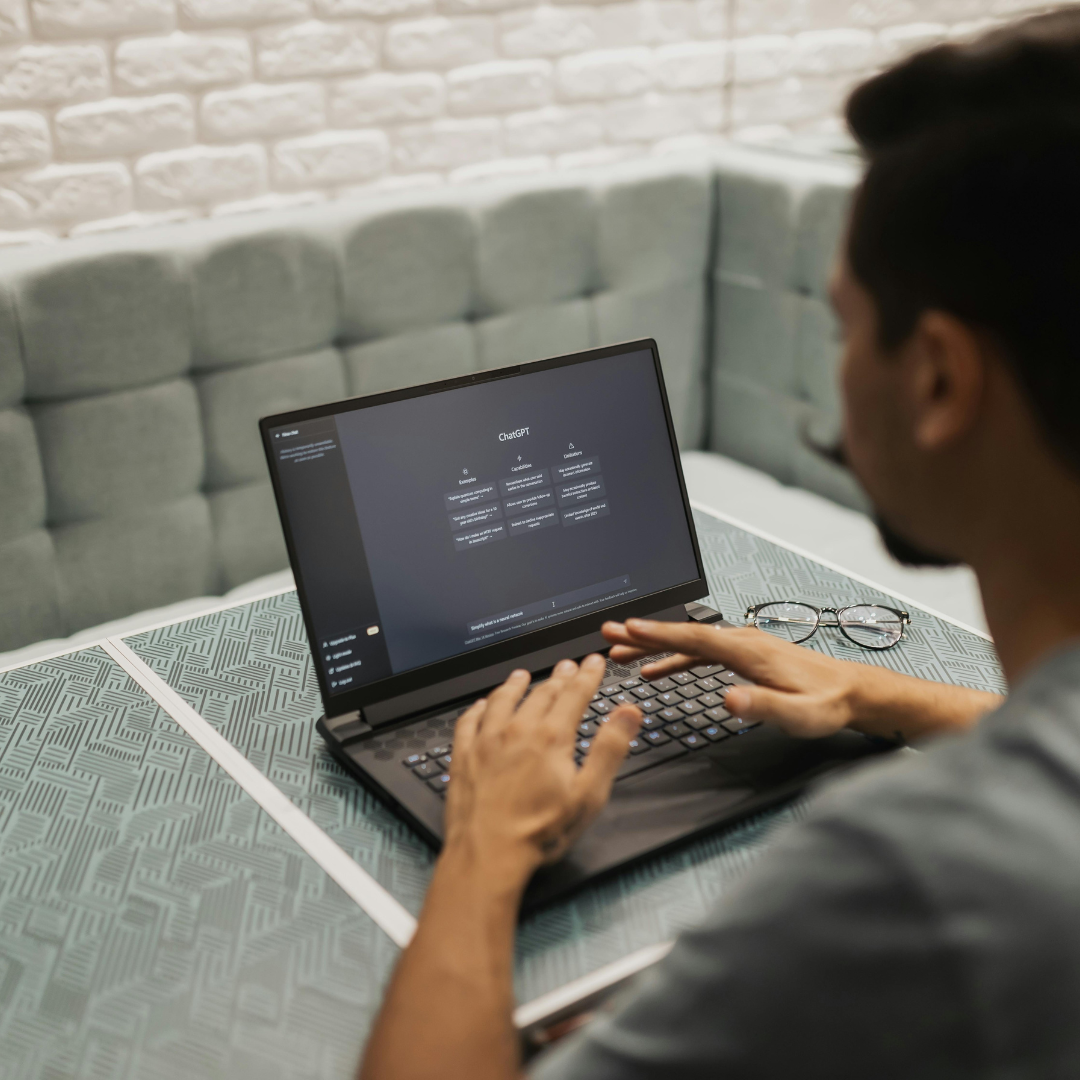The Five Most Key Takeaways from This Blog
- A soft-shell crab company is using A.I. in combination with UV light to identify when a crab is between shells. (Between-shell crabs are apparently quite the sought-after item in the world of seafood.)Â
- The use of A.I. in the food industry cuts down on misidentifications made by human workers. What this means, in this case, is less crab is wasted overall, which can help positively increase a company’s “E” (i.e., “environmental”) in their E.S.G. profile.Â
- It also saves on labor hours and costs and can even identify when, post-molting (molting is the term for the process of a crab shedding an exoskeleton and so going into “soft-shell” phase) is best to sell the crab. In other words, it increases profitability for the company. “Busters” is the term for crabs that are in the molting phase.Â
- This points to how A.I. may be used by many food companies in the future. Since so many dishes are made with seasonal and/or time-sensitive ingredients, A.I. identification software can play a large role in optimizing resources.Â
- This specific A.I. application is made possible through “computer vision“, which enables a computer to analyze data like images, audio files, video, and the like.Â
Computer Vision: A.I. Can See Hear and Touch Food, but Can A.I. Taste It?
No, no it cannot.Â
You could watch an A.I. robot take a bite out of a scrumptious molted Callinectes sapidus (A.K.A., the Atlantic blue crab). So why exactly is it that the A.I. would not be able to taste that delicious blue crab?Â
The A.I. may have a mouth, indeed it may even be able to scream, but could it enjoy the high and low pleasures of fine and not-so-fine dining?
Those above few paragraphs may seem merely humorous, but it points to something interesting the Key Takeaways section points to with regards to A.I. in the food industry.
Namely, consider the fact that even an embodied machine can have no interest in eating food, cannot feel desire or hunger for even the most scrumptious delicacies, cannot even taste the stuff.Â
And considering this fact, consider the fact that companies in the food industry are enlisting A.I. regardless to play major roles in their operations. It really is quite interesting if you sit down and noodle about it, especially in light of the considerable fact that A.I. is helping increase profits for many a food company.Â
So why is this the case, then? How is A.I. thriving in an industry where so much of success depends on being able to identify what would taste good, and what does not.Â
There are several reasons, but among the most important is that you do not always need to taste food to know whether it meets a standard or not. Sometimes, all you need is sharp eyes. And so another important reason is that computer vision allows A.I. to do just this kind of quality-control work.Â
An Emerging A.I. Trend in the Food Industry: Why It Is Here to Stay
This use of computer vision for quality control will likely become even more widespread in the food industry.Â
Of course, most things that increase profits in the food industry tends to be welcome. But another salient reason for the emerging popularity of this A.I. use is that it can cut down on food waste. The U.S. F.D.A. estimates that somewhere between 30 to 40 percent of the food supply in the United States goes to waste.Â
And so, as E.S.G. imperatives grow in importance among certain companies in tune with the demands of certain customers, A.I.’s ability to help cut down on food waste will be more than welcome. In fact, using A.I. in the food industry may even end up increasing profits, as companies that can boast about reducing food waste may end up attracting more environmentally conscious consumers.Â
The reason A.I. can be so successful at this work is that developers can train computer vision systems to the point where the system can get highly accurate readings in making predictions based on, for example, visual data.Â
If you set the computer-vision-equipped A.I. system the task of identifying based on visual data whether a blue crab is molting or merely peeling, it can theoretically get much more accurate predictions than most human beings.Â
For that reason, A.I. in quality control is here to stay, so long as businesses know what foods are best judged based on visual data. But for identifying based on pictures and video feeds whether such a food is ready to eat or not, a good A.I. system could be an excellent implementation for businesses looking to increase profits.Â



